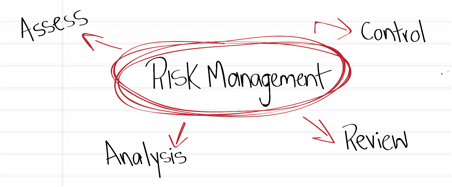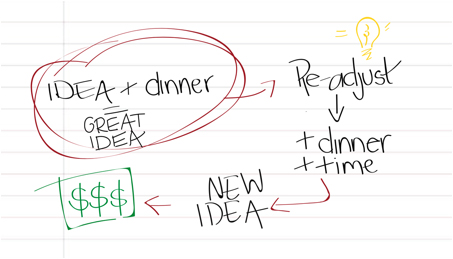Why not buy your ideas a drink?
MARCUS CROWE believes we are going about funding business ideas the wrong way. The co-founder of 10,000 HOURS, a new kind of professional services firm designed to help adults learn and improve their professional fitness, thinks business decisions like these are more like decisions about our love lives – you need to take them out for drinks.
Here is how he explains it …
By Marcus Crowe
RETURNING from a night out, you have just met the perfect match. You can already picture them as your partner, but you need to discover how compatible they are with you, so what do you do?
Starting with the basics, you want to know their name, age and address. From there you move onto family history, medical history, previous relationships, addictions, dreams and aspirations. If they pass, you might request the last three years of income tax returns, current bank account balances, and recent pay slips – after all, you need to know if they are financially robust. You want to know projected cash flows and the anticipated personal balance sheet of the would-be applicant well into the future.
Armed with all this you screen the applicants. Literally. On a screen. You sit inside in your climate controlled room, and scroll through the applications. Finally, you choose someone, followed by a wedding invitation for them to accept.
Ridiculous right? You can’t choose a life partner like that. Way too theoretical. Way too hypothetical. Way too much guesswork.
Then why do we allocate our commercial funding for ideas in much the same way?
We debate the theoretical merits of ideas in an office on screens and whiteboards. We craft gorgeous looking cash-flow forecasts using perishable (or perished) assumptions about the commercial landscape. We copy and paste the formula across into those future columns and check the result in the bottom right hand box. Provided it clears our required rate of return, we then allocate the capital and begin spending.
It is risk management through analysis. 
With our love life, the only way to manage risk with the wrong person is to experiment. So, we go for drinks.
Drinks are a $50 experiment to find out if the idea may work. We invest this small amount of capital followed by an hour or two of our time, to start learning the merits of this idea. No harm done, 50 bucks expensed to learn that this idea is not for me.
On the other hand, if the drink experiment goes well, we invest more capital. We might go for dinner. A larger experiment to further learn the quality of this idea. This same behaviour is now called for in our boardrooms, workshops and brainstorms. 
Stop debating ideas with theory and opinion, instead take them for drinks. Spend $50 or $100 hundred dollars, followed by an hour or two of your time to experiment.
Try the idea with one customer tomorrow
- Share the idea with a hand-drawn mock-up of the concept
- Build a low-resolution quick and dirty proto-type
- Listen and pay attention to their reactions, questions, confusions, and delights
- Make notes, ask them questions and then do it again
- Maybe another round of drinks for the same idea
- Maybe a different idea all together
If all goes smoothly, you may want to invest three hundred dollars with a few hours of time to see what happens.
Take away what went wrong and what went well so you can re-adjust the idea. Through this cannot-know-in-advance emergent process, the good ideas will shine through.
The end result may appear differently, but the changes will have been implemented from action and reaction in the real world, not a management opinion on a whiteboard inside an office.
Finally, when the idea is in great shape, and you have had plenty of nights out together, you will be ready for a long term relationship in a serious way. 
Major capital expenditure, big commitments and much more fanfare and ceremony.
When you retell the story of your successful idea, you will recall fondly the first round of drinks you shared where you felt that flush from the twinkle in their promising eye.
The best $50 you ever spent.
ends

 How to resolve AdBlock issue?
How to resolve AdBlock issue?